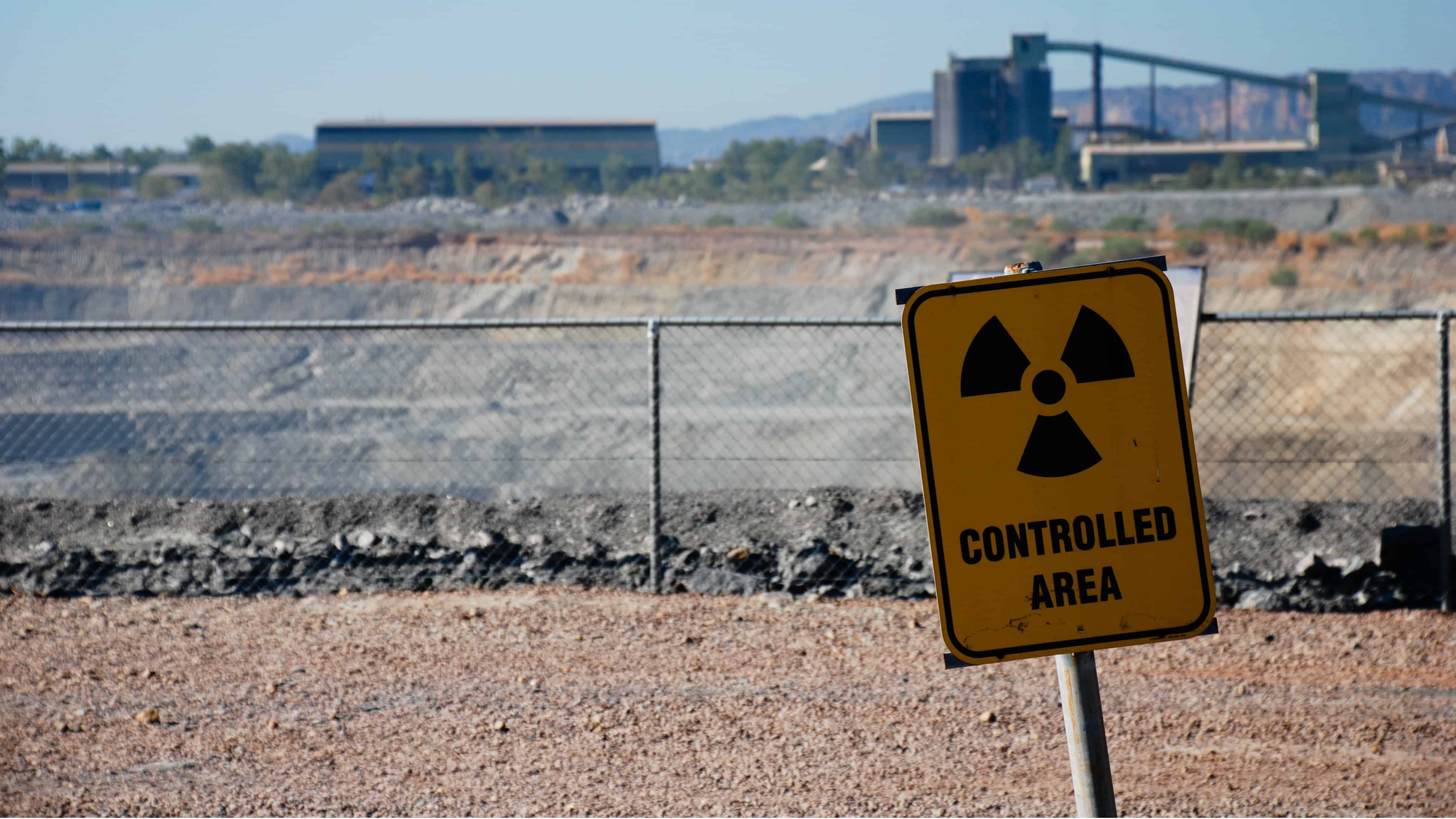With a debate beginning to pick up with respect to whether or not the near-term bump in uranium stocks is warranted, a number of key discussions continue to return to the surface in every debate surrounding the viability of uranium companies as investment vehicles.
On the bullish side of the table, we have the following arguments:
- Prices may continue to rise in the short term due to the recent announcement from Kazakhstan’s state-owned KazAtomProm that the company will cut production by approximately 20% in the years to come. Since KazAtomProm controls nearly 40% of global production, this should impact North American producers positively.
- The supply and demand imbalance will improve in the near term following this announcement, leading to a potential rebound in uranium stocks.
- The number and scale of reactors currently under production should provide long-term support to uranium prices.
On the bearish side of the table, we have the following:
- Long-term risks related to the Fukushima disaster of 2011 remain — risks which will inevitably lead to a continued decline in uranium prices over the long term.
- There are “exceptionally high costs” for disposing of nuclear waste, making this form of energy generation less attractive.
- The new reactors being brought online are likely to only replace the existing capacity which is being taken offline, or “mothballed” due to environmental concerns.
My take on the uranium market for long-term investors
First of all, a number of recent studies have shown that nuclear power is still, on average, by far the most economic energy source out there, so I would need to see some data showing renewable energy as a true substitute for nuclear power. Given the fact that most countries cannot rely solely on renewable energy (as of yet) to power entire countries, given natural fluctuations in wind, solar, etc. and the rather stable nature of nuclear energy, the true cost of renewable energy when factoring in the costs of battery storage and short-term power-generation needs (either by natural gas or coal-powered power plants) typically offsets a significant portion of the net gains when compared to nuclear power.
On the supply-and-demand side of the equation, my belief is that we are now headed into a period in which the amount of global uranium supply will indeed outpace demand. The argument that the majority of new demand coming online will largely displace current demand going offline is a reasonable one, and the reality that Kazakhstan and other countries have large deposits of untapped uranium ready to go remains a reality. With Nexgen Energy Inc.’s (TSX:NXE) deposit, the largest in Canada, recently discovered and very close to being put into production, I tend to disagree with the argument that the supply-and-demand equation will improve over the long run.
That said, the race to become the lowest-cost producer will be the name of the game, and investing in mines with the most accessible uranium and therefore the lowest costs and highest operating margins will be the way to go.
Nexgen has a way to go to bring its supply online, but if the drilling results are to be believed, this mine could have some of the lowest-cost uranium in the world given its geographic dispersion, making Nexgen the only company I would consider today, despite its unproven nature. Despite cost reductions at Cameco Corp. (TSX:CCO)(NYSE:CCJ), the company’s current margins do not justify its valuation, in my opinion.
Stay Foolish, my friends.







